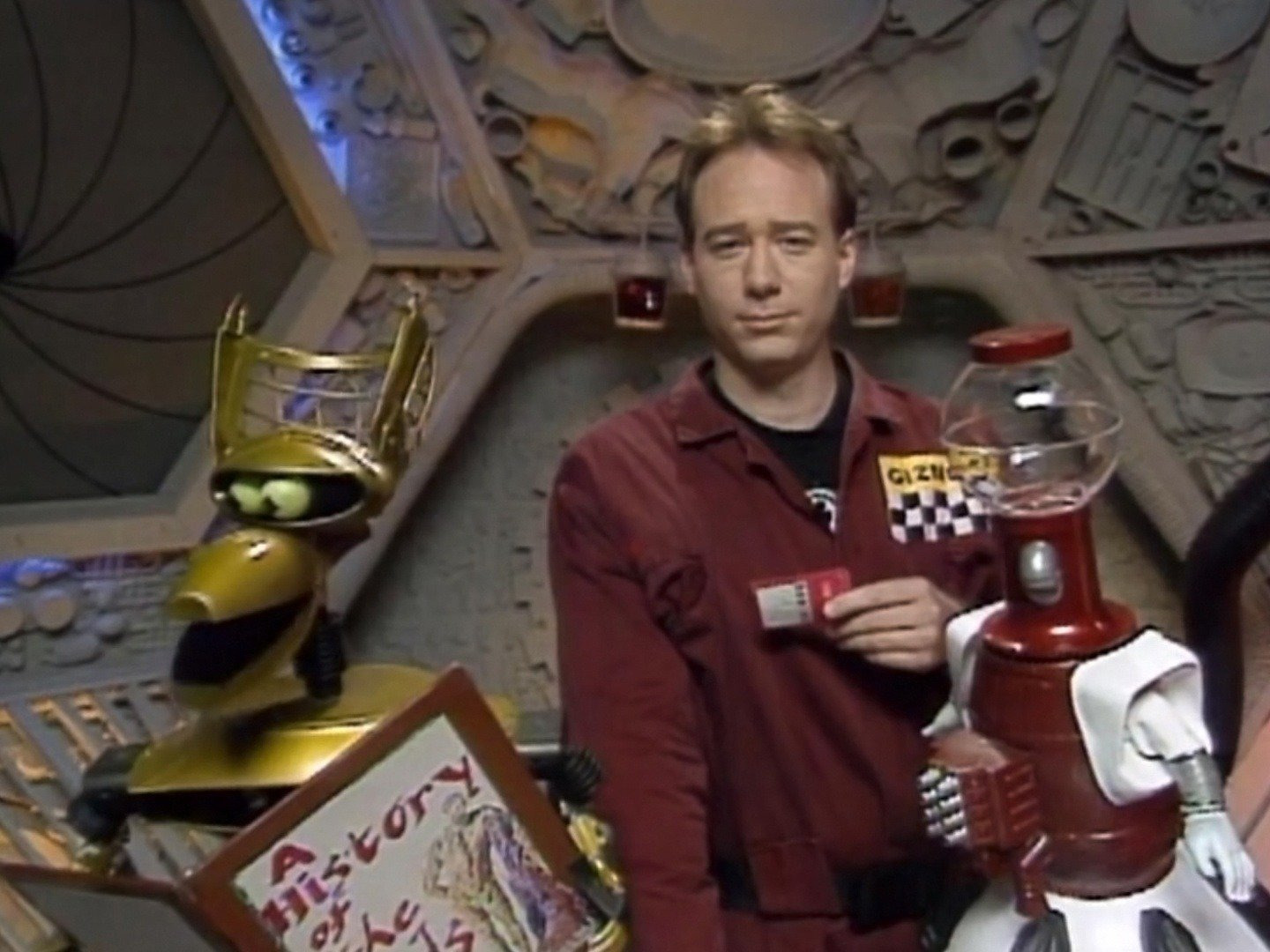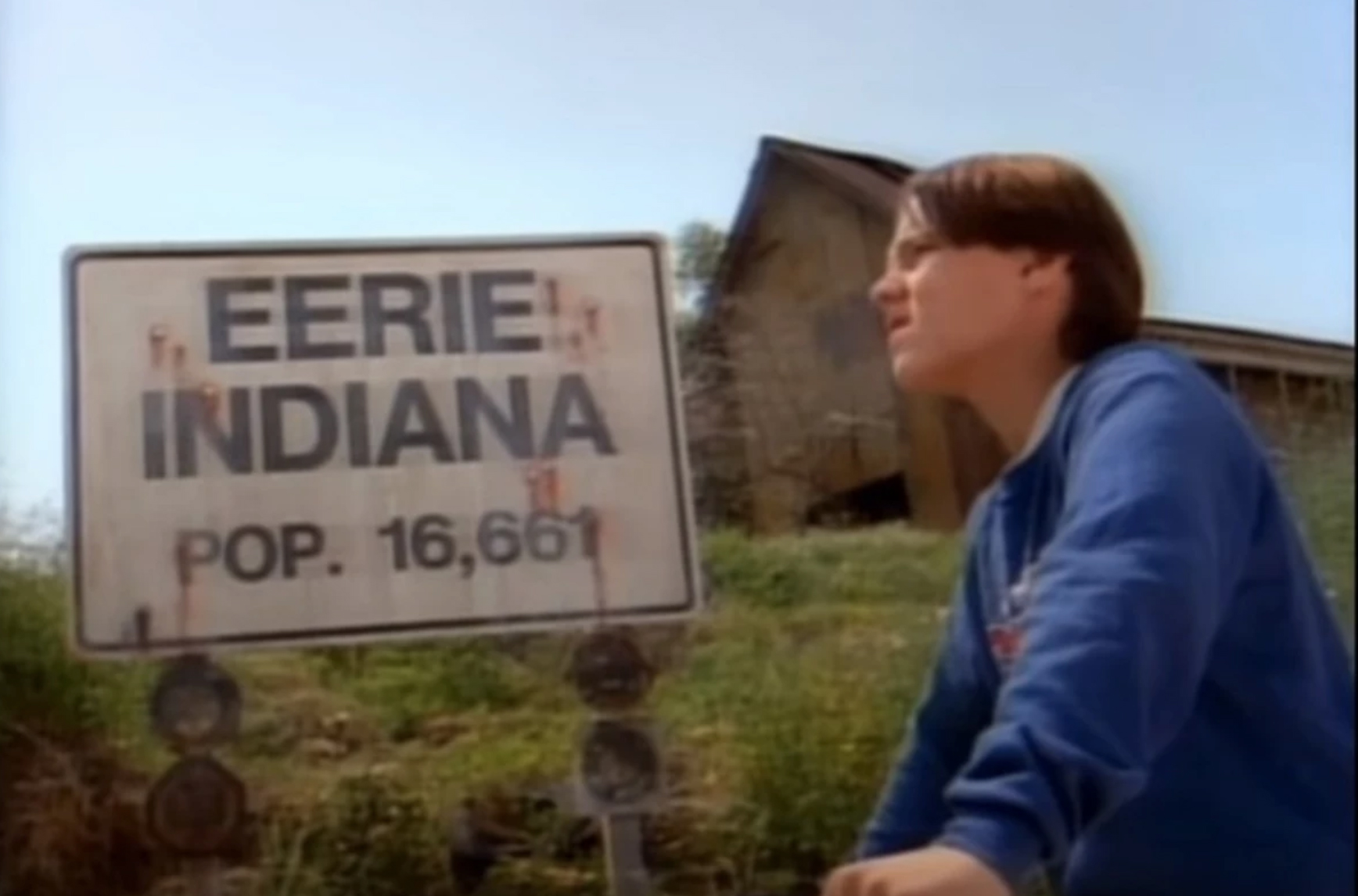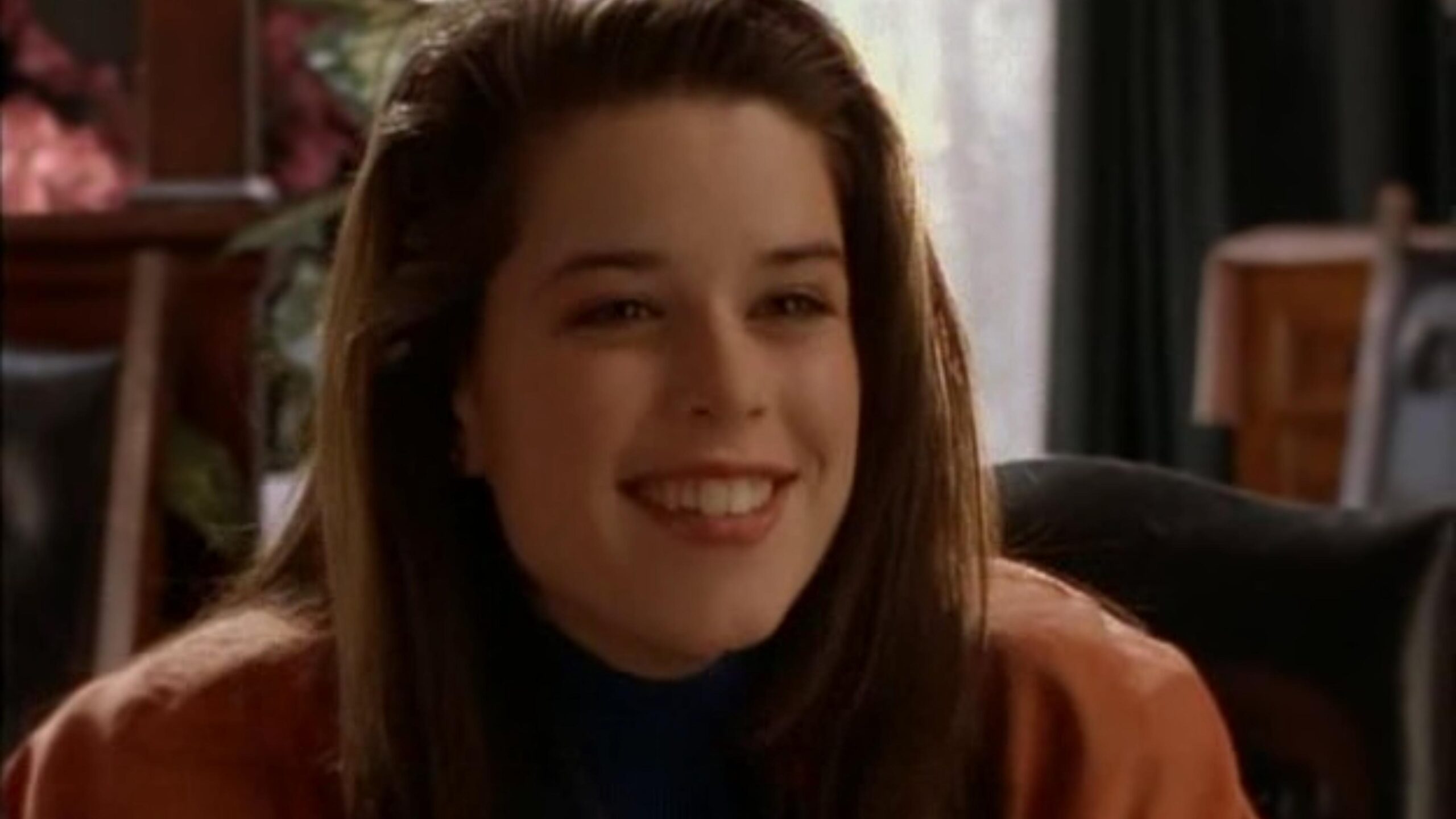
Cult Classics Never Die
The 1990s were a golden era for weird TV. With creators pushing boundaries and networks willing to take risks, audiences were treated to shows that were strange, bold, and unlike anything seen before. These gems defied conventions, blending surrealism, satire, and sheer absurdity into unforgettable television. Decades later, their loyal fans are still rewatching, quoting, and celebrating these cult classics. Let’s take a trip back to some of the weirdest—and most wonderful—TV shows of the 90s.
Dinosaurs
Picture a classic family sitcom but swap the humans for life-sized, animatronic dinosaurs, and you’ve got Dinosaurs. The Sinclair family—led by hardworking dad Earl and stay-at-home mom Fran—navigated relatable issues like parenting, work-life balance, and environmental concerns, all while bringing prehistoric humor to the small screen. Baby Sinclair stole every scene with his sass, especially with his unforgettable catchphrase, “Not the Mama!” Beneath the slapstick and silliness, the show tackled surprisingly deep topics, like consumerism and pollution, making it a show that was as thought-provoking as it was bizarre.
Twin Peaks
David Lynch’s Twin Peaks wasn’t just a TV show—it was an experience. What started as a murder mystery surrounding the death of Laura Palmer quickly spiraled into a dreamlike exploration of the eerie town of Twin Peaks. FBI agent Dale Cooper, played by Kyle MacLachlan, anchored the series with his love of coffee and cherry pie, but it was the town’s strange characters and cryptic storylines that left viewers hooked—and baffled. With its mix of horror, soap opera melodrama, and Lynch’s signature surrealism, Twin Peaks created a blueprint for prestige television and a cult following that thrives to this day.
Red Dwarf
This British import brought a mix of absurd humor and heartfelt storytelling to American audiences in the 90s. Set aboard a spaceship three million years into the future, Red Dwarf followed the misadventures of Dave Lister, the last human alive, along with a hologram of his dead crewmate, a humanoid cat, and an android named Kryten. The show’s charm came from its ridiculous scenarios, biting wit, and unexpected emotional depth. It was equal parts sci-fi parody and character-driven comedy, making it a beloved cult classic on both sides of the Atlantic.
Mystery Science Theater 3000
Who knew watching bad movies could be so much fun? Mystery Science Theater 3000 followed a man and his robot sidekicks—Crow T. Robot and Tom Servo—trapped on a spaceship and forced to endure the worst films ever made. Their witty, rapid-fire commentary turned cinematic disasters into comedy gold, and their hilarious observations made every cringe-worthy flick a blast to watch. MST3K’s unique format and brilliant humor earned it a dedicated fanbase that has kept the series alive through reboots, live tours, and endless memes.
Eerie, Indiana
Think The Twilight Zone, but for kids. Eerie, Indiana was a short-lived yet beloved series that followed two boys, Marshall and Simon, as they uncovered the strange and supernatural secrets of their seemingly normal town. From eternally preserved Tupperware families to a girl who used her braces to communicate with dogs, the show balanced spooky vibes with offbeat humor. Its mix of quirky charm and creepy storytelling has earned it a devoted following, proving that sometimes the weirdest shows make the biggest impact.
Ren and Stimpy
This cartoon about a neurotic chihuahua and a dim-witted cat broke every rule of children’s programming—and it was glorious. Ren and Stimpy was equal parts hilarious and grotesque, with surreal visuals, bizarre storylines, and a dark sense of humor that often teetered on the edge of being inappropriate. While parents questioned its place on TV, kids couldn’t get enough of its absurdity. The show became a cultural phenomenon, influencing countless animators and solidifying its place as one of the weirdest (and most beloved) cartoons of the 90s.
Are You Afraid Of The Dark
Before creepypasta and horror podcasts, there was Are You Afraid of the Dark?, Nickelodeon’s spooky anthology series for kids. The Midnight Society—a group of teens who met around a campfire to share ghost stories—introduced viewers to tales of haunted houses, cursed objects, and eerie creatures. Each episode delivered just the right mix of chills and fun, making it a gateway to horror for an entire generation. Decades later, it’s still remembered fondly as one of the most iconic shows of the 90s.
Aeon Flux
MTV’s Aeon Flux was an animated fever dream of dystopian intrigue. The series followed Aeon, a secret agent navigating a futuristic world of danger, espionage, and moral ambiguity. Its cryptic plots and strikingly unconventional animation made it a standout in MTV’s lineup. Fans were captivated by its fearless storytelling and the way it refused to spoon-feed its audience answers. Though it often left viewers scratching their heads, Aeon Flux pushed the boundaries of what an animated series could be, earning it a lasting cult status.
Freakazoid!
Created by Steven Spielberg, Freakazoid! was a zany superhero parody that threw logic out the window and embraced pure chaos. The titular hero was an internet-obsessed teenager turned absurdly powerful superhero, battling equally bizarre villains. Packed with slapstick humor, pop culture references, and absurd fourth-wall breaks, Freakazoid! wasn’t afraid to be as random as possible. Its offbeat humor confused some audiences but struck a chord with fans who loved its unapologetic weirdness.
Mr. Show with Bob and David
Long before they were household names, Bob Odenkirk and David Cross created Mr. Show, a sketch comedy series that became a blueprint for modern comedy. With surreal skits, biting satire, and a format that often blurred the line between reality and absurdity, Mr. Show felt like a comedy experiment that paid off brilliantly. While it struggled to find a mainstream audience during its run, the show’s influence on future comedians—and its devoted fanbase—solidified its place as a cult favorite.
